The History of Italian Kitchenware
Italian kitchenware has a rich history. Its roots go deep into the country’s traditions and culture. Since ancient times, Italians have valued good food and the art of cooking. This love for cuisine has shaped Italian kitchenware over the centuries. Craftsmen in Italy began creating unique and durable cookware. They used local materials and age-old techniques. These items were both practical and beautiful. They mirrored Italy’s culinary spirit and regional diversity.
The Middle Ages saw the rise of guilds specializing in metalwork. These guilds were the forerunners of today’s renowned Italian kitchenware brands. They set high standards for quality and design. The Renaissance era brought further refinement to kitchenware. Italian elites commissioned exquisite pieces for their lavish feasts. This period gave birth to kitchenware that was not just for use but also for display.
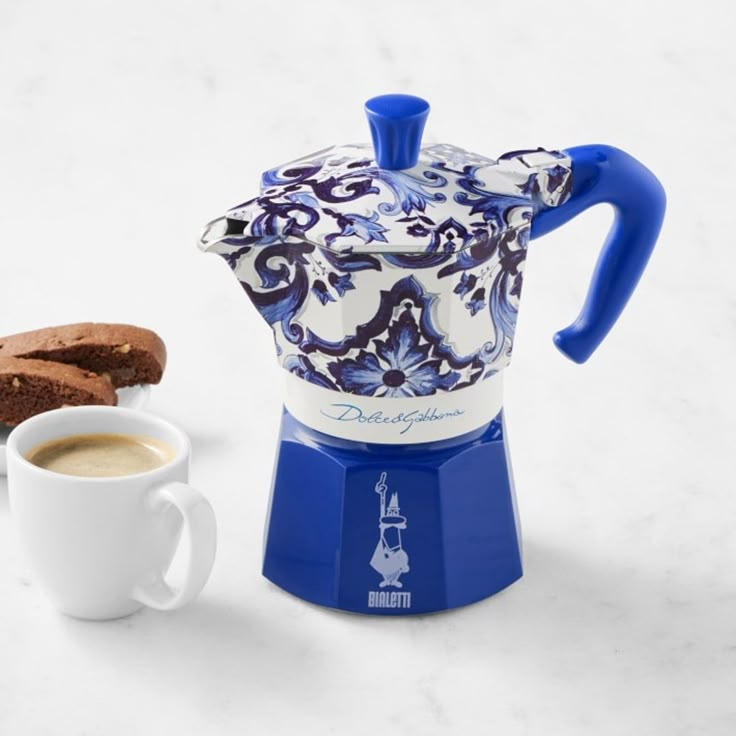
Into the 19th and 20th centuries, the industrial revolution modernized kitchenware production. But Italian manufacturers kept traditional craftsmanship alive. They combined new techniques with time-honored designs. This blend helped to spread the fame of Italian kitchenware worldwide.
Today, Italian kitchenware is known for its elegance and longevity. Many pieces are still handcrafted. They reflect a history of passion for cooking and excellence in production. Any piece of Italian kitchenware is a slice of history that brings Italy’s culinary heritage into your home.
Iconic Italian Cookware Brands
When it comes to Italian kitchenware, certain brands stand out for their reputation and quality. These include names like Bialetti, known globally for its Moka pots that bring Italian coffee culture right to your kitchen. Ruffoni is another such brand that blends functionality with beauty in their hand-hammered copper cookware, a material with excellent heat conduction perfect for precise cooking. Lagostina, on the other hand, specializes in stainless steel pots and pans, offering durability and a modern aesthetic that suits any kitchen.
Alessi, famed for its artistic and innovative design approach, began as a small workshop but now represents Italian excellence on the international stage. Deeper into tradition, Gaggia takes pride in being pioneers of the modern espresso machine, essential for any Italian coffee enthusiast. These brands have been ambassadors of Italian craftsmanship, continuing the legacy and prestige attached to ‘Made in Italy’ kitchenware.
Their products showcase the combination of centuries-old traditions with contemporary designs and technology. By choosing pieces from these iconic brands, home chefs can bring a piece of Italian culinary history into their own kitchens. Each brand has a story, often intertwined with Italian culture and culinary evolution. This heritage adds an intangible value to their cookware, making them more than just functional items, but proud displays of Italian artisanship.
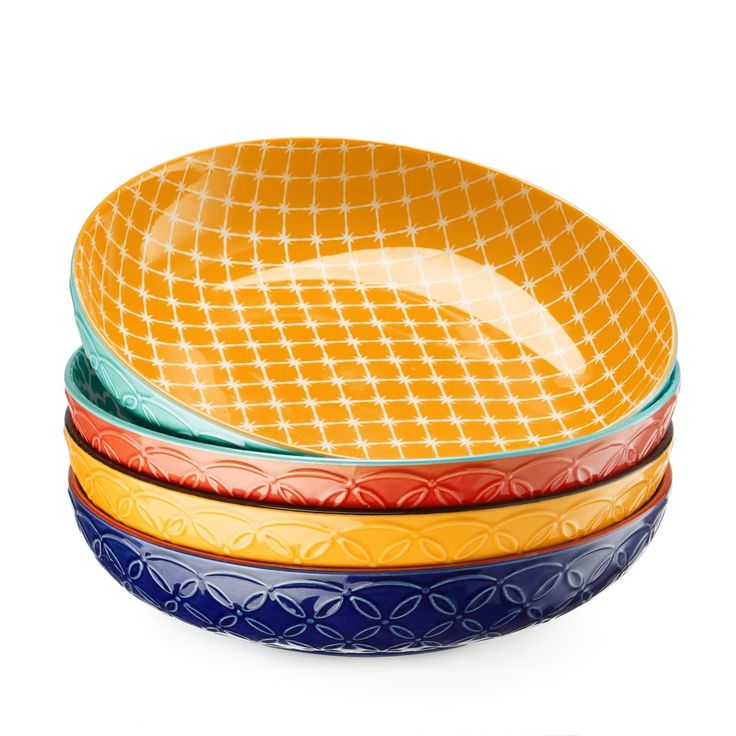
Essential Italian Cookware Pieces
When cooking Italian cuisine, certain cookware pieces are indispensable. They can transform your kitchen into an Italian chef’s haven. Here is a list of essential Italian cookware pieces:
- Espresso Maker: Begin your day with a rich and authentic espresso using an Italian stove-top espresso maker, such as the iconic Moka pot by Bialetti. It’s a must in any Italian kitchen.
- Pasta Machine: Fresh pasta is a game-changer. An Italian pasta machine helps you roll and cut dough with ease, creating perfect spaghetti or fettuccine at home.
- Risotto Pan: Cooking risotto requires even heat distribution. An Italian risotto pan, often made from copper, ensures a creamy texture every time. Ruffoni is a brand that offers excellent choices.
- Saucepans and Skillets: Stainless steel saucepans and skillets from brands like Lagostina are crucial. They cook dishes evenly and are easy to maintain.
- Casserole Dishes: Italian meals often need slow cooking. Durable casserole dishes are perfect for these slow-cooked sauces and stews, infusing flavors beautifully.
- Pizza Stone: For crispy and evenly baked pizza crusts, a pizza stone is your best friend. It mimics the conditions of an Italian pizza oven.
- Meat Hammer: To perfectly tenderize cuts for dishes like Milanese escalopes, a meat hammer is essential in proper preparation.
These cookware pieces represent the heart of Italian cooking and are designed to last. Choose quality items that promise durability along with their timeless Italian flair.
Must-Have Italian Kitchen Utensils
To create a truly authentic Italian cooking experience, it’s essential to equip your kitchen with key utensils. These tools are designed to help you craft dishes that reflect the precision and care characteristic of Italian cuisine. Here is a list of must-have Italian kitchen utensils that every home chef should own.
Cheese Grater
First on the list is the cheese grater. This essential utensil allows you to add freshly grated Parmigiano-Reggiano to your pasta and salads. The flavor enhancement it provides is unmatched and elevates any dish.
Garlic Press
Next is the garlic press, a staple in Italian seasoning. This utensil ensures perfectly minced garlic, which is fundamental for many traditional recipes. With a garlic press, you can easily incorporate the rich flavor of garlic into your dishes.
Wooden Spoon
A wooden spoon is another essential item. It protects your pans while stirring and doesn’t interfere with the natural flavors of your food. This versatile tool is perfect for mixing ingredients without causing scratches or damage to your cookware.
Ladle
For serving soups and stews, a ladle is indispensable. It makes serving hearty dishes like minestrone easy and mess-free. You can pour out just the right amount without spilling.
Tongs
Tongs are ideal for flipping and serving meats or tossing pasta. They provide a firm grip, allowing you to handle hot items safely and efficiently.
Carbon Steel Knife
A sharp carbon steel knife is vital in any kitchen. It effortlessly chops, dices, and slices your ingredients finely. Investing in a good knife will make food prep a breeze.
Peeler
When it comes to peeling vegetables, a sturdy peeler is a must-have. It allows you to peel ingredients precisely, which is especially useful for dishes like potato gnocchi.
Whisk
A whisk is also essential for mixing and aerating sauces. Whether you’re preparing a smooth carbonara or a creamy dressing, a whisk will help you achieve the perfect consistency.
Mortar and Pestle
Additionally, a mortar and pestle are perfect for crushing herbs and spices. This tool releases the full flavor of your ingredients, making your Italian recipes even more aromatic and delicious.
Rolling Pin
Lastly, a rolling pin is critical for rolling out pizza dough or pasta. This simple yet essential tool helps you achieve the desired thickness for your dough.
By equipping your kitchen with these utensils, you’ll be well-prepared to tackle any Italian recipe with confidence. Opt for utensils made from quality materials to ensure longevity and performance. A blend of tradition and utility, these utensils will make the experience of cooking Italian meals both enjoyable and rewarding.
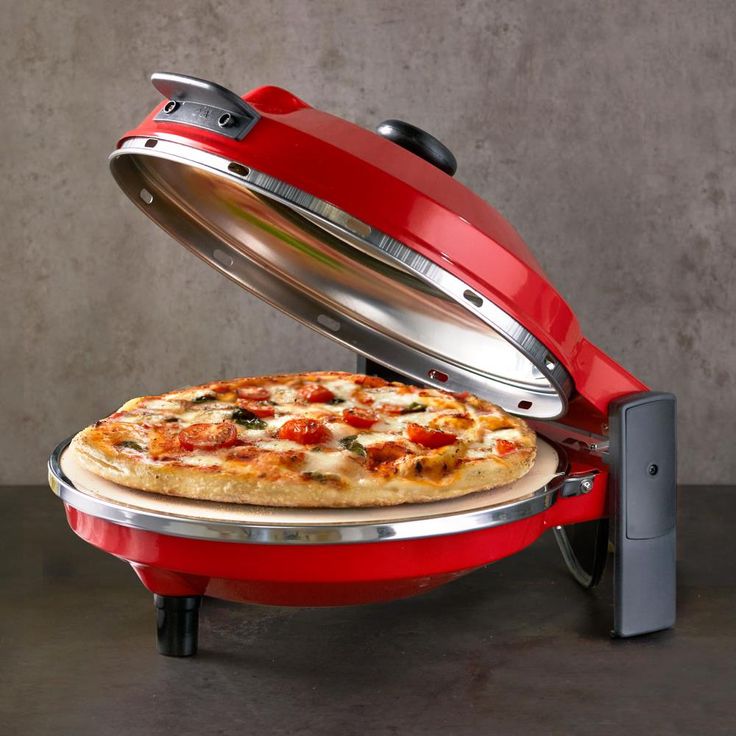
Italian Kitchenware Materials and Craftsmanship
Choosing Italian kitchenware comes down to understanding the premium materials and craftsmanship that define them. The traditional materials used have been selected over centuries for their durability and heat conduction properties.
- Copper: Revered for its excellent heat control, copper is commonly used for risotto pans and other cookware.
- Stainless Steel: Offers a modern look and is incredibly durable, making it perfect for everyday use. It’s often used for saucepans and skillets.
- Carbon Steel: Ideal for knives, carbon steel maintains sharpness and is easy to sharpen.
- Ceramic: Used in baking dishes, ceramic provides even heat and is great for slow cooking.
- Cast Iron: For griddles and grill pans, cast iron is unbeatable for heat retention and even cooking.
The craftsmanship that goes into Italian kitchenware is unmatched. Artisans employ techniques passed down for generations to create pieces that are as beautiful as they are functional. Hand-finishing adds a touch of uniqueness to each item, making it a work of art in your kitchen. Welding, hand-hammering, and polishing are all part of the meticulous process that ensures the highest quality. With such attention to detail, these pieces not only enhance cooking performance but also stand the test of time.
By investing in Italian kitchenware made from these materials and crafted with such skill, you’re not just buying a tool for your kitchen; you’re investing in a legacy of culinary excellence. Whether it’s the smooth finish of a risotto pan or the sharp edge of a carbon steel knife, the quality is palpable. When selecting Italian kitchenware, it pays to prioritize these traditional materials and the craftsmanship they’re known for, ensuring an authentic cooking experience.
Tips for Selecting Quality Kitchenware
Selecting high-quality Italian kitchenware involves more than just a glance at price tags. Here’s how to choose the best pieces:
- Know the Brands: Familiarize yourself with reputable Italian kitchenware brands. Look for names like Bialetti or Ruffoni, known for their quality and history.
- Check Materials: Identify kitchenware made from traditional Italian materials such as copper, stainless steel, or carbon steel. These materials promise longevity and performance.
- Assess Craftsmanship: Seek out pieces that showcase Italian artisanal work. Hand-finished items often represent higher quality and attention to detail.
- Consider Design: Italian kitchenware is known for its elegant designs. Choose items that are both functional and aesthetically pleasing.
- Performance Reviews: Read reviews or ask for chef recommendations. It’s important to know how the kitchenware performs in real cooking situations.
- Warranty and Service: Look for products with warranties. Good customer service indicates a brand’s confidence in its kitchenware’s quality.
By keeping these tips in mind, you will be able to select Italian kitchenware that not only looks good but also enhances your cooking experience. Don’t rush the process; investing in quality pieces means you’ll enjoy them for many years to come.
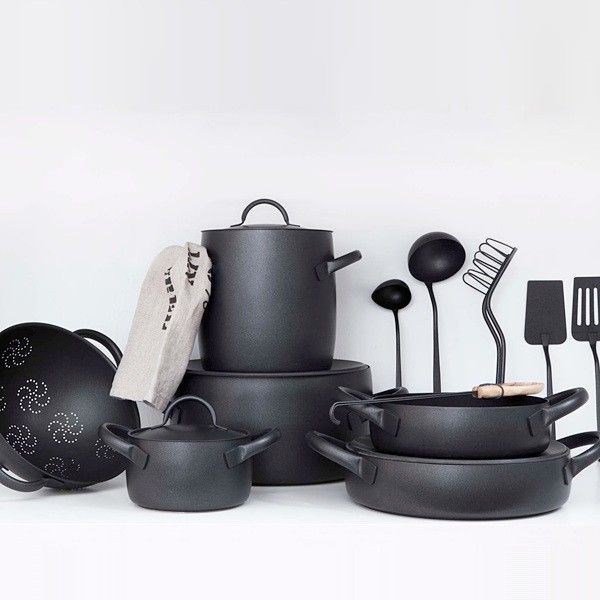
Caring for Your Kitchenware
Taking care of your Italian kitchenware is essential for ensuring its longevity and optimal performance. Each piece of kitchenware is crafted with attention to detail, making proper care all the more important. Here are some simple yet effective tips to help you maintain your precious cookware.
Read the Manufacturer’s Instructions
To begin with, always read the manufacturer’s instructions that come with your kitchenware. Each brand has specific care guidelines that are designed to keep their products in top shape. Understanding these instructions allows you to use, clean, and maintain your items correctly, minimizing the risk of damage.
Use Proper Utensils
When cooking with your Italian kitchenware, always opt for the right utensils. Using wooden or silicone utensils will help avoid scratches and other damage, particularly on non-stick surfaces. Avoid metal utensils, as they can leave unsightly marks that compromise the integrity of your cookware.
Clean Carefully
After each use, washing your cookware properly is crucial. Clean it by hand with warm, soapy water, as this method is gentler than using a dishwasher. For tougher stains, consider using a soft sponge or cloth to avoid scratching the surface. Rinse thoroughly to ensure no soap residue remains.
Dry Thoroughly
Water spots can diminish the appearance of your kitchenware. Therefore, it’s important to dry your pieces thoroughly immediately after washing them. Use a soft towel to maintain their shine and keep them looking brand new. This simple step can greatly enhance their visual appeal.
Regular Maintenance
Regular maintenance is vital for preserving the quality of your kitchenware. This includes sharpening knives regularly, polishing copper pieces, and seasoning cast iron cookware. Performing these tasks will ensure that your kitchen tools remain functional and aesthetically pleasing for years.
Store Correctly
When storing your pots and pans, do so with care. Stack them without overcrowding and use protectors or towels between them to prevent scratches. Proper storage not only saves space but also keeps your kitchenware in excellent condition.
Avoid Abrasive Cleaners
Be mindful of the cleaning products you use. Harsh and abrasive cleaners can cause long-term damage to the materials of your kitchenware. Instead, opt for gentler cleaning agents that are effective yet safe for your cookware.
No Sudden Temperature Changes
Lastly, avoid exposing your kitchenware to sudden temperature changes. Don’t shock your cookware with extreme heat or cold. Always allow your cookware to cool before cleaning, as this will help extend its lifespan.
By treating your Italian kitchenware with respect and care, it will continue to assist you in creating delicious meals for years to come. Regular maintenance is not merely a chore; it is a way to honor the exceptional craftsmanship that went into each exquisite piece.
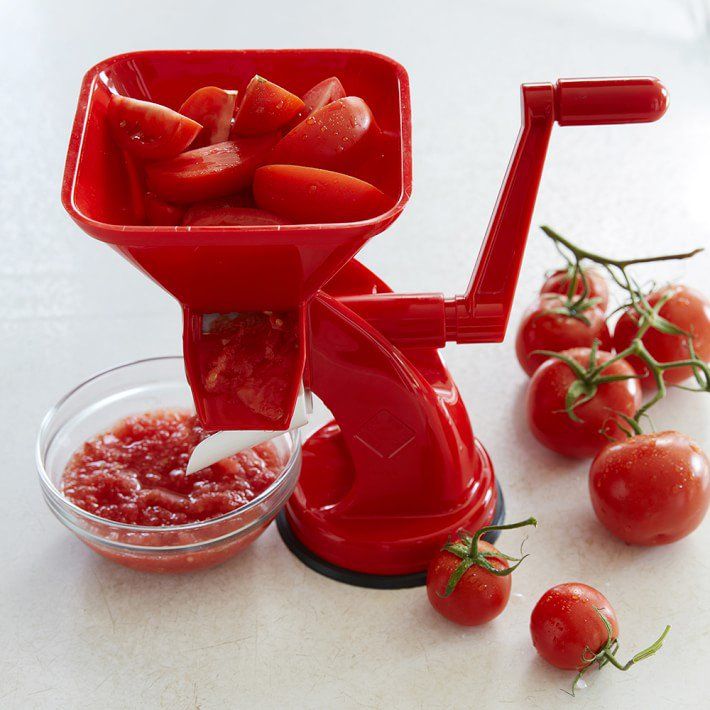
Where to Buy Authentic Italian Kitchenware
Finding authentic Italian kitchenware can elevate your cooking experience. Here’s where to start your search:
- Local Specialty Stores: Check out specialty kitchen stores. They often carry Italian brands.
- Online Marketplaces: Sites like Amazon offer a wide range of Italian kitchenware. Be sure to read reviews.
- Direct from Brands: Visit the websites of renowned brands like Bialetti or Ruffoni to buy directly.
- Italian Markets: Look for Italian markets in your area. They sometimes sell kitchenware.
- Cooking Schools: Some cooking schools may sell high-end Italian cookware.
- Estate Sales: You can find vintage Italian kitchenware pieces here.
Before you buy, compare prices and read product descriptions carefully. Ensure you choose genuine Italian-made pieces. Look for the ‘Made in Italy’ mark. This mark often signifies authenticity and quality.
Buying the right Italian kitchenware is a step towards authentic Italian cooking at home. With quality pieces, your food not only tastes better but also carries the essence of Italian tradition.

